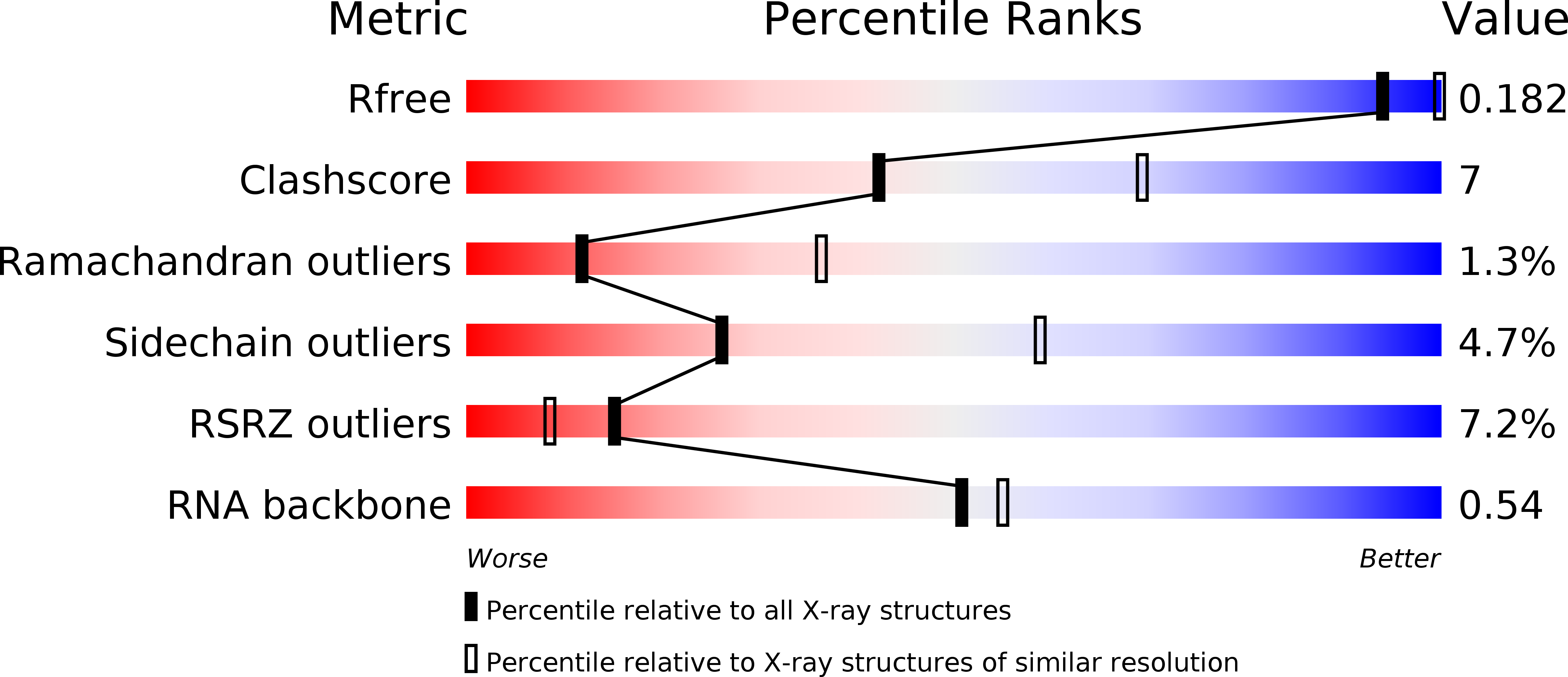
Deposition Date
2005-10-25
Release Date
2006-01-05
Last Version Date
2023-12-13
Entry Detail
Biological Source:
Source Organism:
ENTEROBACTERIO PHAGE MS2 (Taxon ID: 12022)
Host Organism:
Method Details:
Experimental Method:
Resolution:
2.80 Å
R-Value Free:
0.19
R-Value Work:
0.18
R-Value Observed:
0.18
Space Group:
H 3 2


